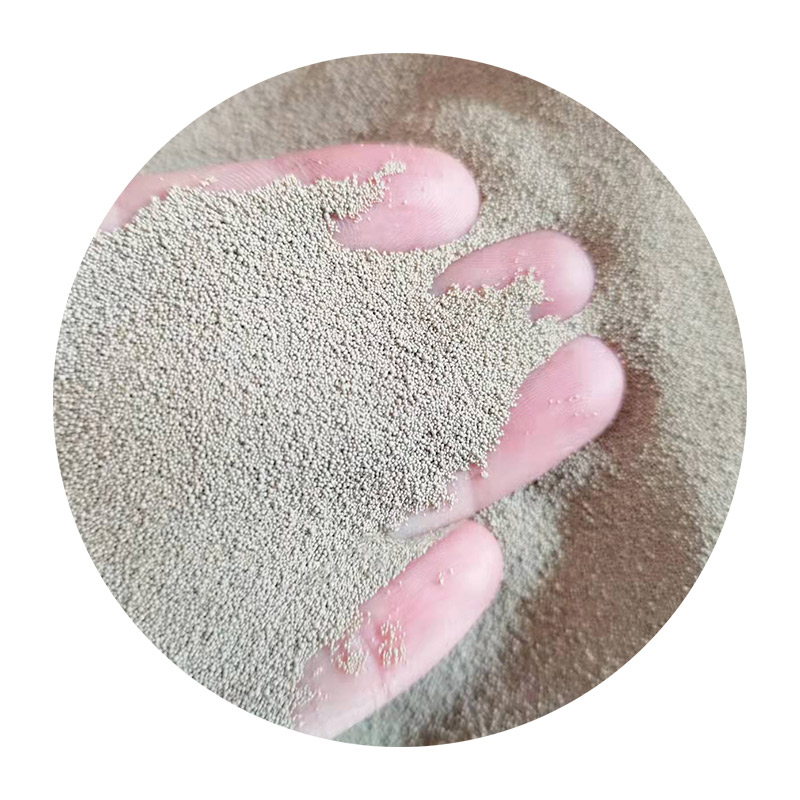Understanding the Lost Foam Casting Method
Lost foam casting is an innovative and efficient manufacturing process often used in the production of complex metal components. This method is particularly valued for its ability to produce parts with intricate geometries and smooth surfaces, which are often difficult to achieve through traditional casting techniques. In this article, we will explore the principles of lost foam casting, its advantages, applications, and considerations for manufacturers.
At the core of the lost foam casting process is the use of a foam pattern, typically made from polystyrene. The first step involves creating a foam model of the desired component. This model is then coated with a refractory material, usually a mixture of sand and a binding agent, which creates a mold around the foam pattern. The foam pattern serves a critical role, as it will be vaporized during the casting process, leaving behind a cavity in the shape of the component.
Once the mold is prepared, molten metal is poured into it, and the heat from the metal causes the foam to evaporate almost instantaneously. This vapor escapes through the sand mold, leaving a precise negative impression of the original foam model. The result is a cast part that closely matches the original design. This method eliminates the need for traditional mold removal, reducing labor costs and simplifying the production process.
lost foam casting method

One of the most significant advantages of lost foam casting is the ability to create complex shapes without the need for machining operations. This feature not only saves time but also minimizes material waste, as the process can achieve near-net shapes. Additionally, lost foam casting often results in higher dimensional accuracy and finer surface finishes compared to other casting methods. These characteristics make it an ideal choice for industries that require precision components, such as aerospace, automotive, and medical manufacturing.
Moreover, lost foam casting offers flexibility in terms of material selection. This method can be utilized with various metals, including aluminum, iron, and steel, allowing manufacturers to choose the best material for their applications. Furthermore, the process supports the production of both small and large quantities, making it suitable for both prototype development and mass production.
However, despite its many benefits, the lost foam casting method does present some challenges. Controlling the evaporation of the foam is crucial to avoid defects such as gas porosity or surface blemishes in the final product. Additionally, the initial setup costs for creating foam patterns and molds can be higher than traditional methods, which may be a consideration for smaller manufacturers.
In conclusion, lost foam casting is a highly versatile and efficient manufacturing technique that offers several advantages over traditional casting methods. Its ability to produce complex shapes with minimal waste and excellent surface finishes makes it an attractive option for various industries. As technology advances, the lost foam casting method is expected to gain further traction, paving the way for innovative applications and improved manufacturing practices. Manufacturers looking to enhance their production capabilities should consider embracing this cutting-edge technique.
Post time:szept . 04, 2024 13:57
Next:high quality sand casting
